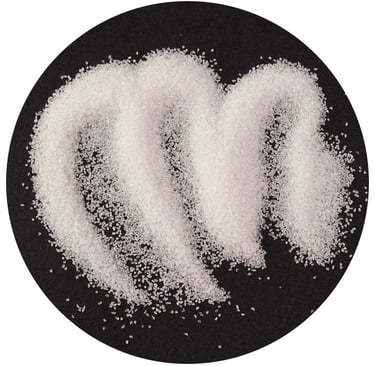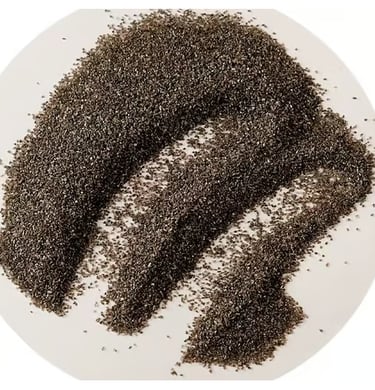HENAN YUMO: Engineered Precision, Uncompromised Performance
White Fused Alumina vs. Brown Fused Alumina: A Comprehensive Comparison
Discover the differences between White and Brown Fused Alumina: compare hardness, purity, cost, and applications for precision grinding vs. heavy-duty industrial abrasives. Choose the right alumina for your needs.
5/19/20252 min read


Introduction to Fused Alumina
Fused alumina, a synthetic material derived from bauxite, is a critical component in various industrial applications. It is produced through a process involving the fusion of alumina at high temperatures. There are two primary types of fused alumina: white fused alumina and brown fused alumina. Understanding the differences between these two variants is essential for industries that rely on abrasive materials, refractory components, and ceramic manufacturing.
Characteristics of White Fused Alumina
White fused alumina is renowned for its high purity and consistent quality. This variant is created by calcining alumina in an electric arc furnace at temperatures exceeding 2000 degrees Celsius. The result is a hard, dense material with a high degree of crystallinity and uniform particle size distribution. The white color of this alumina indicates its low iron content, making it ideal for applications demanding minimal contamination. As a result, white fused alumina is frequently employed in producing high-quality abrasives, grinding wheels, and refractory bricks.
Characteristics of Brown Fused Alumina
By contrast, brown fused alumina is produced by the fusion of bauxite in a similar furnace but typically incorporates a higher quantity of iron, which imparts its brown color. This variant exhibits a slightly lower hardness compared to its white counterpart, yet it is generally more cost-effective. Brown fused alumina is often used in applications where a balance between grinding performance and cost is necessary. It finds its niche in applications like sandblasting, metal preparation, and certain grinding processes that do not demand the purity of white fused alumina.
Comparative Analysis: Applications and Suitability
When considering white fused alumina vs. brown fused alumina, it is important to evaluate the specific application requirements. For industries that prioritize hygienic conditions, such as food production or pharmaceuticals, white fused alumina remains the preferred choice due to its purity and lack of contaminants. In contrast, brown fused alumina might serve better in heavy-duty applications, such as construction, where cost efficiency can outweigh the need for purity.
Moreover, we see differing performance metrics; while the white fused variety offers superior cutting performance and a brighter finish, brown fused alumina excels in toughness and durability. Therefore, industries must carefully weigh their options based on the requirements of the task, balancing between performance and expense.
Conclusion
In conclusion, the choice between white fused alumina and brown fused alumina greatly depends on the specific use case. While white fused alumina offers unparalleled purity and performance in critical applications, brown fused alumina provides a more economical option without compromising significantly on quality for less demanding environments. Understanding these differences can lead to better decision-making in material selection, ultimately enhancing operational efficiency and product quality.


